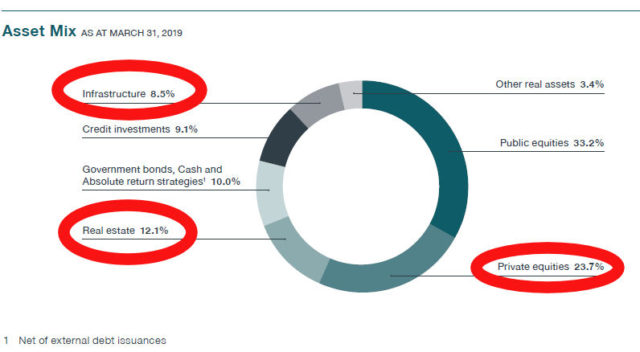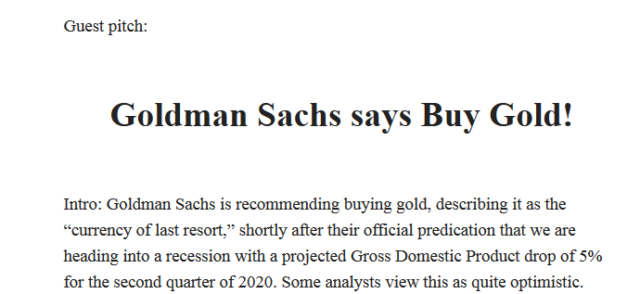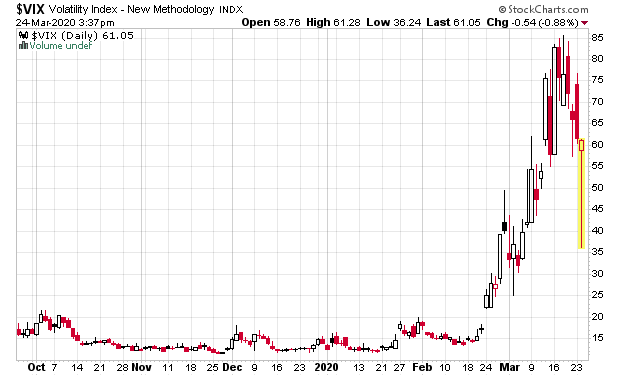As I write this:
S&P 500 -20.4% YTD
TSX Composite -21.7% YTD
Buckle up. After posting 3 monster-sized gains in a row, if you’re into the short-term trading thing it’s probably a good time to harvest a few bucks since the ‘second wave’ will start hitting the headlines. I’ve taken off my S&P 500 exposure, but will add it back on later.
This is where you are going to see supply chains get rationed and there will be further spin-off business disruptions that are second and third-order effects of shutting down half of a country’s economy and shutting in the population.
The numbers will get worse in terms of people confirmed with COVID-19, and the death count will rise. However, the growth of this will flat-line.
This is also the phase where you are going to see significant social unrest in the population. Shutting in a population for a week is one thing, but the second and third week you are going to get a lot of people that are going to be stir-crazy.
The primary thesis is the same, however – the trend between now and half a year later will be up, but there are going to be a lot of dips and drops as this panic continues to resolve itself.
Some other miscellaneous notes.
Tailored Brands (TLRD:US) I’ve mentioned before – they shut down their entire operation in the second half of March. Their stock is somewhat up, but their unsecured debt (July 2022) has cratered to about 25-30 cents on the dollar, and this is a pretty good sign that they’re going to go into Chapter 11. Considering the lease-heavy aspect of their business they are probably going to be using this as a way of breaking the leases, recapitalizing and getting on with it. They’ve got a billion and a half dollars of secured credit, so the unsecured holders are going to get killed (or more precisely, they’ve already been killed).
FTI Consulting (FCN:US) specializes in bankruptcy consulting, and looking at their chart, they’re right up there with toilet paper maker Cascades (TSX: CAS) as having a stock chart you’d never see any huge market dump on.
There is a lot of “liquidity sniping” on the TSX. I don’t know what this is formally called, but I’ll explain. You see a quote at bid 11.50 and ask 12.50, and you think it’s a really good deal at these prices (say you believe it is worth 17), and there is supply coming into the market (i.e. it is a down day in the market). You put in a bid at 11.55, and then some computer puts in a bid at 11.56, and you realize there’s no way you’re going to get any liquidity because the computers are going to beat you. The way you defeat this is to use hidden orders. You put a hidden order in at 11.55, and so when some guy puts in a market order to sell, you get priority at 11.55. The computer then sees the trade and has to adapt to dark liquidity, and it has a much more difficult time to do so – how much of the spread is actually being captured by you? Most brokerages don’t allow hidden orders, but Interactive Brokers does.



